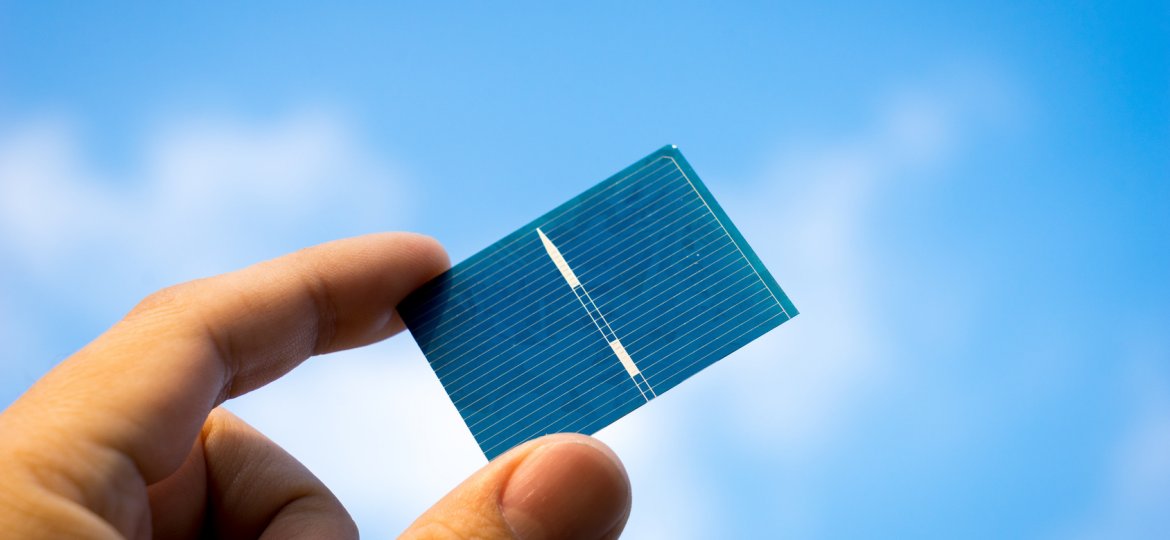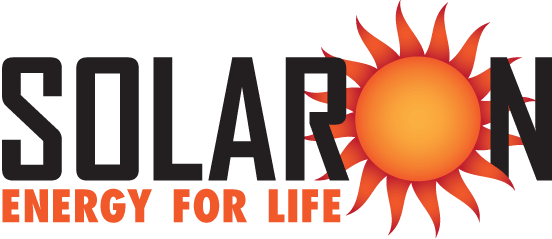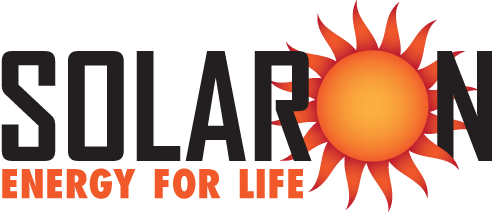
We often write about the incredible efficiency and durability of SunPower solar panels. What makes the difference between this manufacturer and other producers on the market? The key lies with the silicon and the construction. The result is the industry leading solar panel for power output and reliability.
Monocrystalline versus Polycrystalline
Monocrystalline silicon is made from one single crystal of silicon. Put simply, the manufacturer takes raw silicon, heats it and forms it into a single long bar that is actually one large crystal. This is a careful process that produces silicon without impurities that can then be cut into very thin wafers for use by the solar electrical industry. Monocrystalline silicon is the efficiency leader for this photovoltaic element and provides SunPower solar panels with their sleek, black appearance.
Polycrystalline silicon is made by melting many fragments of silicon in place, forming a wafer. Therefore, you can also call them multi-crystalline, since this process creates many crystals in every wafer, not just a slice from one big one. This process is obviously cheaper, since the manufacturing process is simpler. The tradeoff is that any photovoltaic cell made using this process is less efficient. These photocells are blue in color.
Maxeon versus Competing Technologies
SunPower uses what they call Maxeon cell technology for producing solar cells. The durability in Maxeon cells chiefly comes from using a solid copper foundation for the photovoltaic cell. Competitors tend to use cheaper metallic strips to transmit electrons, and these corrode and break far more quickly than a solid copper sheet.
How does this difference in construction translate into real world durability? Average solar panels lose 1% of their power generating capacity per year. So if you had a 3000-watt system in your first year, next year you would only produce 2970 watts with cheap solar panels. In a very short time, your system is not producing the energy you expected.
In contrast, SunPower solar panels only lose .25% of their generating power per year. Therefore, that same 3000 watts of production would be 2992 watts the following year — a minor drop off. It illustrates that when it comes to solar panels, you get what you pay for, and the best investment for your money is monocrystalline silicon with SunPower technology.

